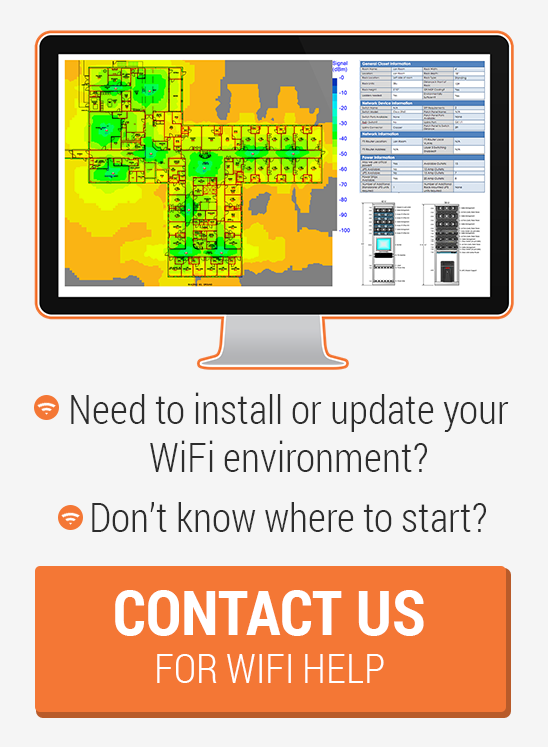In order to provide efficient and effective IT services, AccessAgility has implemented an Infrastructure Management service. This involves consolidating hardware, software, and IT services. AccessAgility’s Infrastructure Management consists of Data and Voice Network Services, Data Center Services, and Applications Management Services.
Data and Voice Network Services
AccessAgility has established a defined process for introducing and supporting emerging network technologies and capabilities that provide strategic value to our customers.
Data and Voice Network requirements traditionally include the following:
- Enterprise Data Network (LAN/WAN)
- Network Operations Center
- Remote Access
- Voice/PBX/VoIP and Installs
- Moves, Adds, and Changes (IMACs)
In order for us to provide successful and effective Data and Voice Network Services we start with designing and developing a data and voice network to achieve the end-to-end performance objectives required of all key user groups and applications. We also form a methodology for producing a network design engineered to meet our clients’ performance objectives and goals. With an effective design, we are able to develop a planning process for incorporating load growth, new applications/usage, and performance objectives. All of these steps lead to a transparent and agile network.
Data Center Services
AccessAgility’s Data Center environment is a cost effective approach for managing data center assets and includes the administration and management of servers and storage. These services leverage operational scale and best practices in order to achieve optimum price performance while also complying with industry standards and government regulations. These services support business applications/databases, file/print services, e-mail services, smart phones, and other specific infrastructure-related functions.
Some examples of servers and storage include the following: Mainframe, Unix-based, Linux-based, Windows-based systems and associated data storage and backup services and supporting systems software (e.g., operating systems, utilities, schedulers) from a centralized location.
Application Management Services
Application Management services strengthen capabilities in software development, utilizing industry best practices for software development life-cycles. These services include infrastructure and mission support application life-cycle services, which help transition legacy applications to open architectures. Services include Application Strategy, Architecture and Planning, Functional and Technical Design, Database Design/Development, Programming/Development (to include maintenance), Integration, Testing and Implementation, Training and Documentation and Content Management. They configure, deploy, and manage systems and applications on cloud infrastructures while reducing the total number of databases through consolidation.
The initial objectives for Application Management Services are to:
- Strengthen capabilities in software development utilizing industry best practices for software development life-cycles
- Develop and/or maintain infrastructure and mission support applications
- Transition legacy applications to open architectures
- Configure deploy, and manage systems and applications on cloud infrastructures
- Reduce the total number of databases through consolidation
These services include:
- Application Strategy
- Architecture and Planning
- Functional and Technical Design
- Database Design/Development
- Programming/Development (to include maintenance)
- Implementation
- Integration
- Testing
- Training and Documentation
- Content Management
